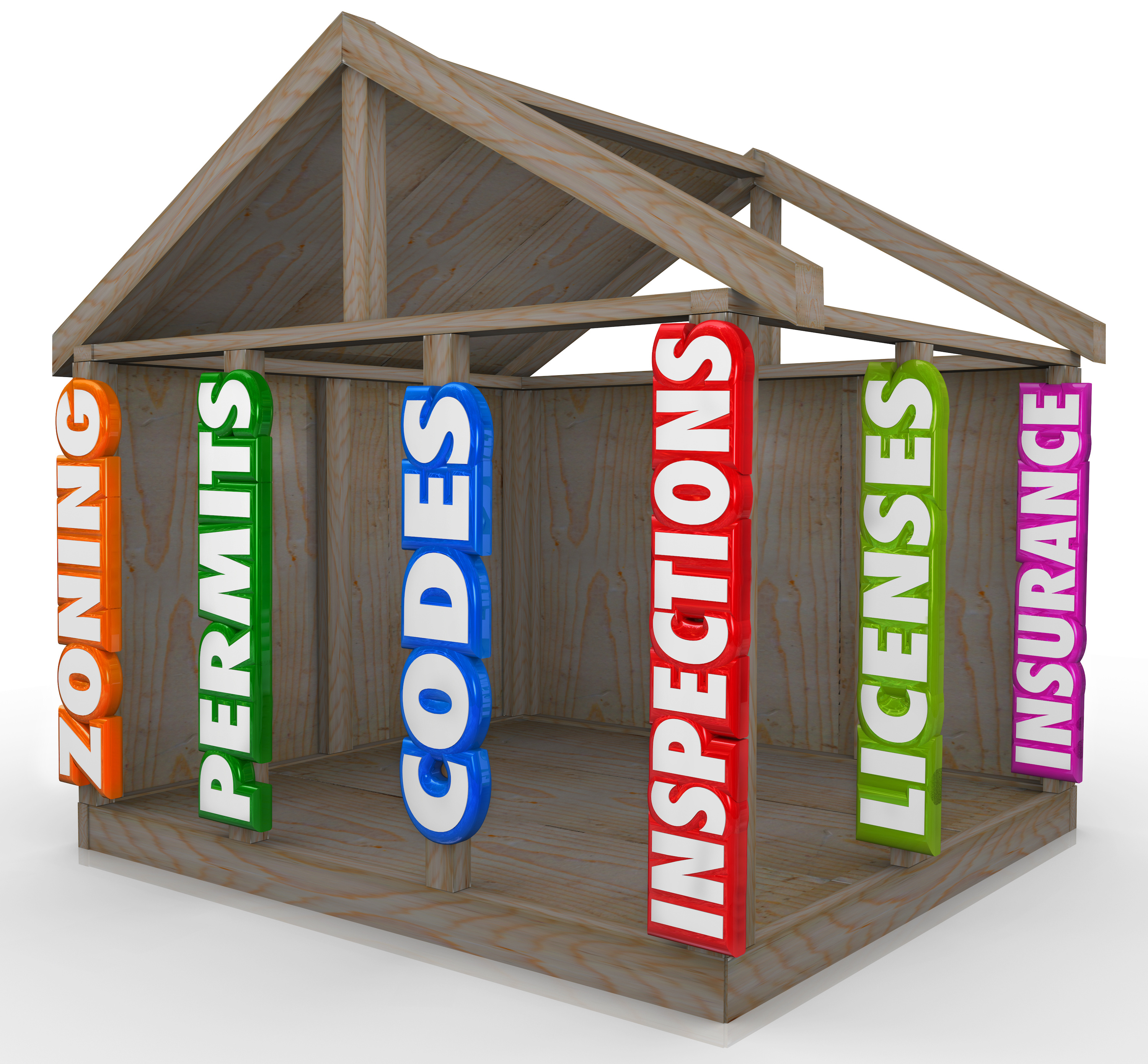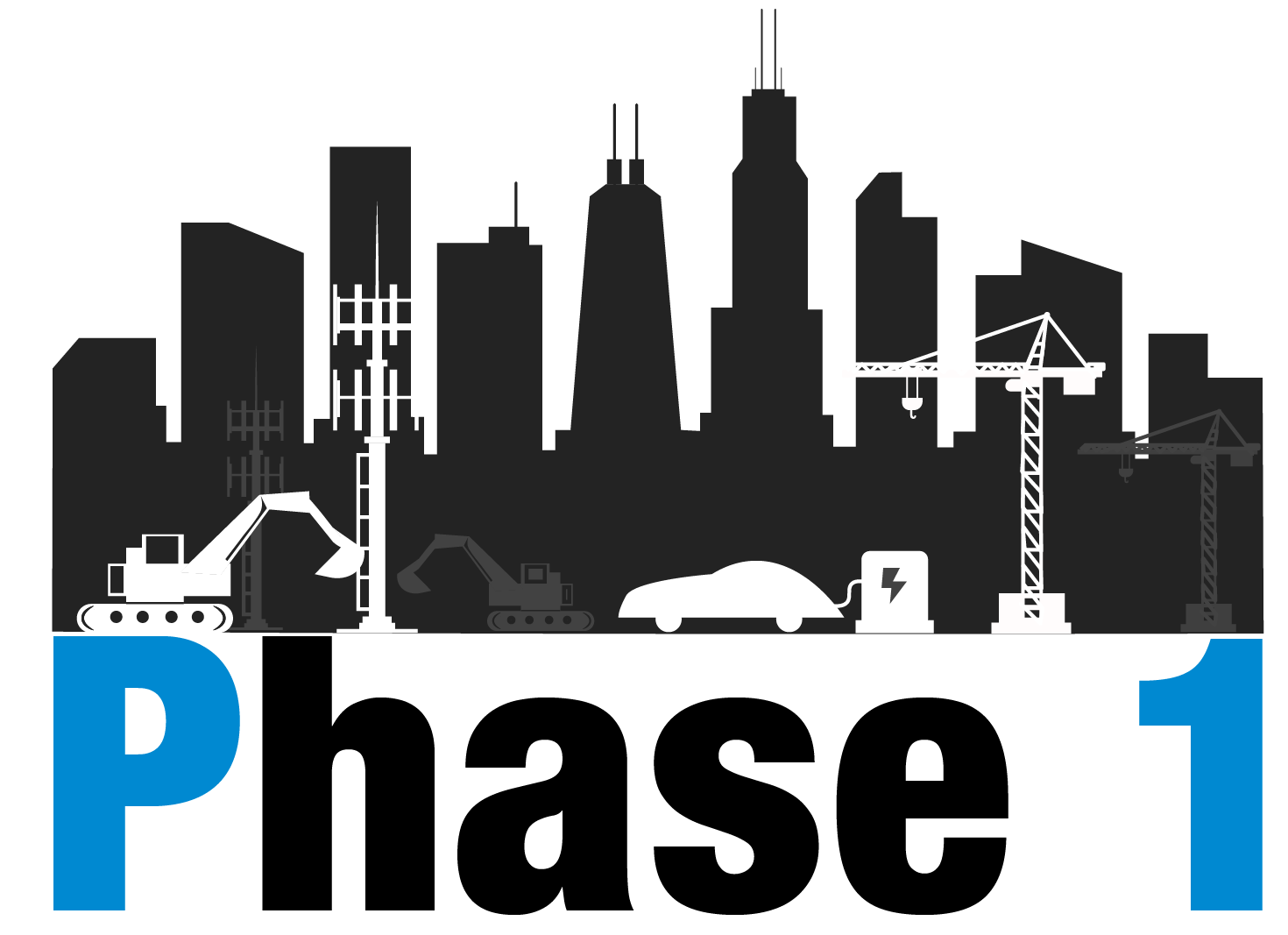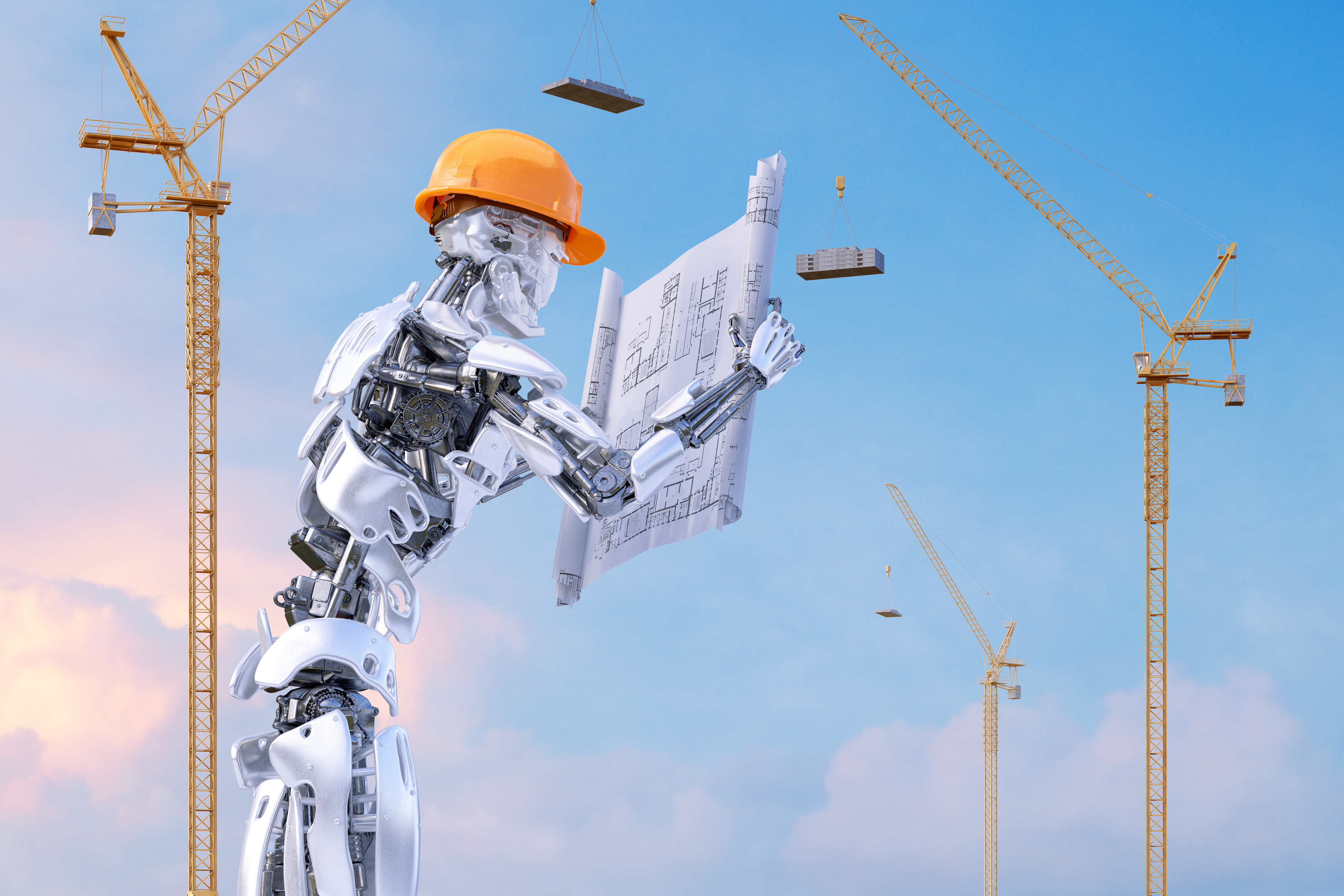Exploring the Latest Changes and Updates in Building Codes Across the United States

Building codes serve as a cornerstone of safety, sustainability, and standardization in the construction industry. As our society evolves, so do the regulations that govern how we build our structures. In this blog post, we'll delve into the latest changes and updates in building codes across the United States, highlighting key shifts that impact construction practices and the overall built environment.
Adapting to Modern Needs
In response to technological advancements, environmental concerns, and changing demographics, building codes have been undergoing significant updates in recent years. One of the noteworthy trends is the integration of smart building technologies. As energy-efficient solutions and automation become more prevalent, codes are being adjusted to ensure that these innovations comply with safety and performance standards.
Resilience in the Face of Climate Change
With the increasing frequency and intensity of climate-related events, such as hurricanes, wildfires, and flooding, building codes are being revised to enhance resilience. Coastal areas prone to hurricanes are now adopting stricter codes to fortify structures against high winds and storm surges. Similarly, regions susceptible to wildfires are implementing codes that emphasize fire-resistant materials and design techniques.
Focus on Sustainability
Sustainability has become a central theme in contemporary building codes. Energy efficiency, reduced environmental impact, and responsible resource use are driving changes in construction practices. Codes are encouraging the adoption of renewable energy systems, efficient insulation, and water-saving fixtures. Leadership in Energy and Environmental Design (LEED) standards and other green building practices are influencing these updates.
Accessibility and Inclusivity
To create more inclusive environments, building codes are placing a greater emphasis on accessibility. Ensuring that buildings are accessible to individuals with disabilities is not only a legal requirement but also a step toward creating a more equitable society. Updated codes address features such as ramps, door widths, and restroom facilities, allowing everyone to navigate spaces comfortably.
Incorporating New Materials and Techniques
Advancements in materials science and construction techniques are prompting building codes to evolve. The use of innovative materials like cross-laminated timber (CLT) and advanced concrete mixtures is gaining traction. As these materials offer unique benefits in terms of strength, sustainability, and design flexibility, codes are being updated to provide clear guidelines for their safe and effective use.
Safety First
Safety remains a paramount concern in building codes. Fire safety regulations, for instance, are being refined to incorporate better fire-resistant materials and enhanced evacuation measures. Additionally, seismic codes are being updated to ensure that structures can withstand earthquakes, especially in regions prone to seismic activity.
The Role of Technology
Technology is playing an integral role in the implementation and enforcement of building codes. Building information modeling (BIM), augmented reality (AR), and other digital tools are assisting architects, engineers, and inspectors in adhering to code requirements. This integration of technology streamlines processes, enhances communication, and reduces errors in code compliance.
Conclusion
Building codes are dynamic documents that reflect the ever-changing landscape of construction, safety, and sustainability. The latest changes and updates in building codes across the United States reflect a commitment to modern needs, environmental responsibility, and the creation of spaces that are safe, inclusive, and resilient. As the industry continues to evolve, staying informed about these updates is crucial for professionals in the built environment to ensure that they remain at the forefront of innovation and compliance.
Phase 1 is here to assist you building code compliance, permitting, and so much more. If we can help in anyway, leave us a comment below or email us at news@ph1c.com


